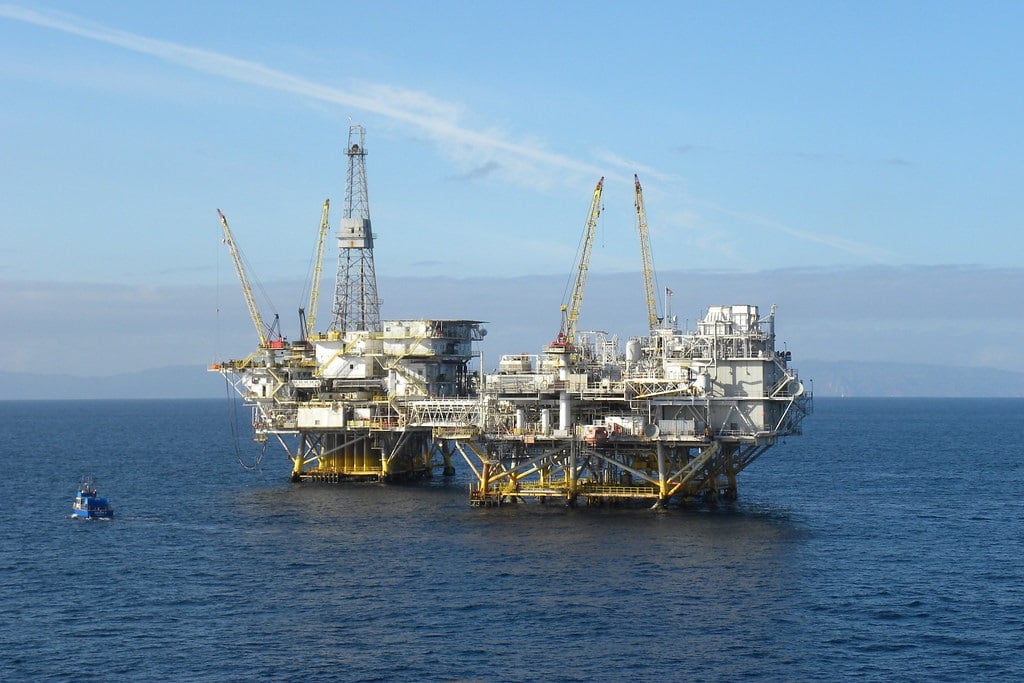
Stocks of natural gas in the EU have reached a historic high. By August 17th, the storage facilities of the EU member states were 90.12 percent full. This was reported by Politico in reference to data from the Gas Infrastructure Europe association, which unites European energy companies.
Gas reserves in Europe’s storage facilities reached the target level two months ahead of schedule. Initially, it was expected that such figures would be reached only by November.
According to EU Energy Commissioner Kadri Simson, this situation reveals that “the EU is well-prepared for winter and this will help to further stabilize the markets in the coming months.” She also said the position of the EU energy market is more stable than a year ago. However, Simson noted that the gas market has continued to be sensitive in recent weeks. The Commission will monitor it, especially in anticipation of the cold season.
According to Politico, the early filling of storage facilities also indicates that the EU has been able to switch to other sources of supply, abandoning Russian pipeline gas. Prior to the military invasion of Ukraine, Russia provided about forty percent of EU needs.
Now, the EU acquires gas from the US, Norway, Azerbaijan, and other countries. This year, the share of Russian gas in EU imports has fallen to 8.4 percent, which is confirmation of the feasibility of EU plans to stop buying Russian gas by 2027.
Overcoming the EU’s dependence on Russian supplies has helped stabilize gas prices, Politico noted. According to the Dutch Title Transfer Facility index, before the war, gas prices were at the level of twenty euros per megawatt-hour. At the peak, which was in the summer of 2022, it was about three hundred euros per megawatt-hour. As of August 2023, the price fluctuates around thirty-eight euros.
Analysts believe that the coming winter may be the last when a possible shortage of gas will cause concern. Many countries, including the US and Qatar, intend to increase their liquefied natural gas production capacity by mid-2024.
Gas Risks in the EU
Nonetheless, higher current gas prices than those prior to the war mean higher bills for households as well as lower productivity in European industries. As Tom Marzec-Manser, head of gas analytics at market analysis firm ICIS, told Politico, the upcoming cold weather carries certain risks, which means gas prices will remain high for now.
In addition, some countries in Central Europe continue to be dependent on Russian gas supplies through Ukraine pipelines. Kyiv has confirmed its intention not to change the transit agreement, which expires at the end of next year. It sets a tough deadline for those still dependent on Russian fuel supplies.
At the same time, the decline in supplies to Europe was a significant blow to the Kremlin, Politico reports. Energy export revenues fell forty-one percent to 4.1 trillion rubles in the first seven months of 2023, the Russian Finance Ministry announced. This also led to the depreciation of the ruble to its lowest level in the last sixteen months. At the auction on August 14th, the dollar increased to a hundred rubles.
See all the latest news from Greece and the world at Greekreporter.com. Contact our newsroom to report an update or send your story, photos and videos. Follow GR on Google News and subscribe here to our daily email!



